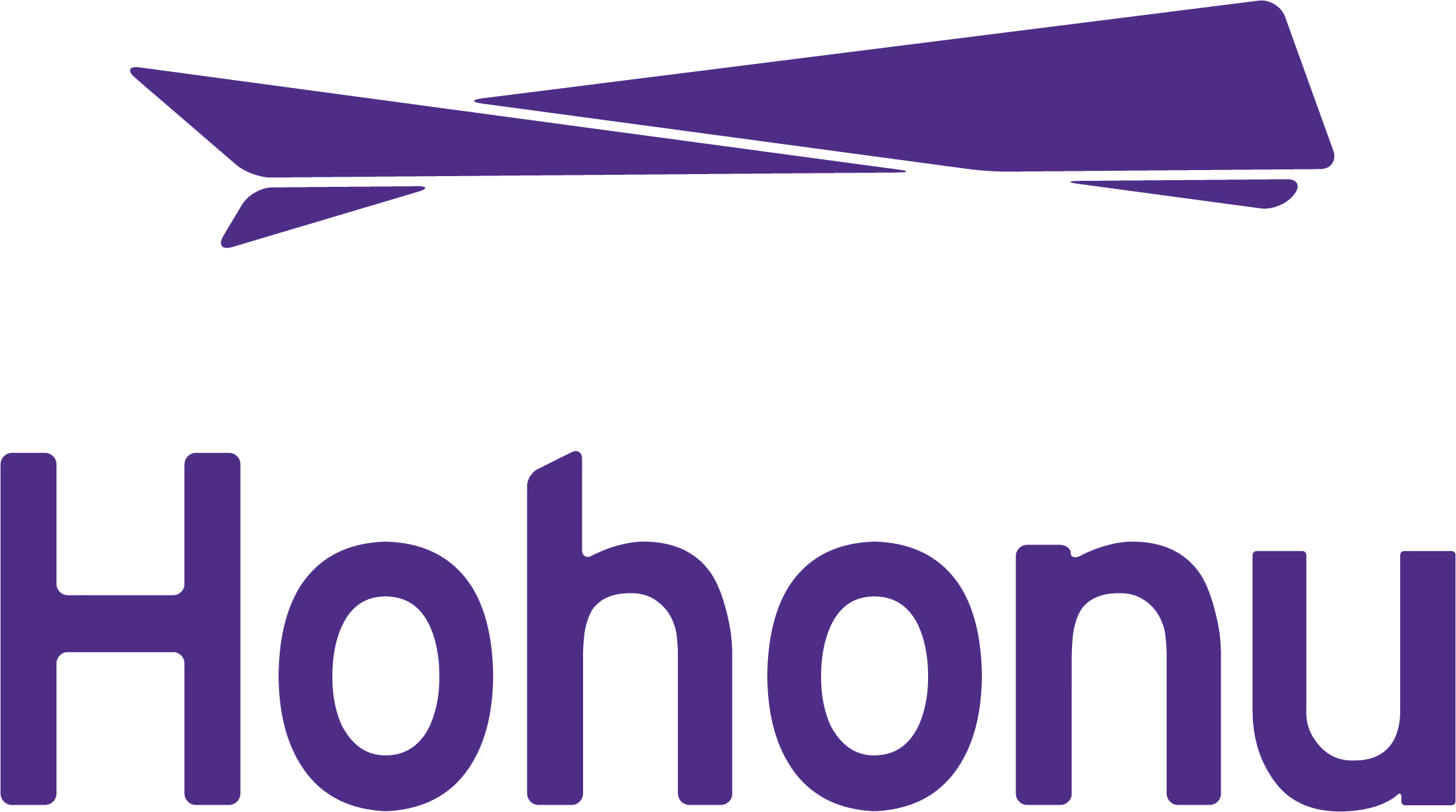Sustainable Ocean Alliance (SOA) activates young people, develops and implements innovative solutions, and mobilizes an ocean workforce to restore the health of the ocean in our lifetime.
Since founded by Daniela Fernandez in 2014, SOA has built the world’s largest network of young ocean leaders and supported innovative startups, nonprofits, and grassroots campaigns dedicated to solving the greatest threats facing our planet.
Two years ago at the World Economic Forum, we shared our vision with the world, and Salesforce Chair and Co-CEO Marc Benioff challenged us to accelerate 100 solutions by 2021.
Today, SOA is proud to announce that as of 2021, we have more than doubled our initial goal: we have accelerated 222 startups, nonprofits, and grassroots initiatives all over the world, each dedicated to restoring and sustaining the health of our ocean.

The Ocean Solutions Accelerator helps entrepreneurs launch for-profit ocean solutions for a sustainable blue economy by providing funding, mentorship, and other critical resources to scale their ventures and amplify their impact.
The Ocean Leadership Program (OLP) holistically supports over 6,000 global participants with the resources and networks they need to build ocean-healing solutions and to reach their full potential as ocean leaders. The OLP awards Microgrants of up to $15,000 USD to outstanding youth leaders to execute and scale their projects, and provides 72 youth-led Hubs with leadership and programmatic support.
Together, these 222 solutions for ocean restoration have touched tens of thousands of lives, restored critical marine ecosystems worldwide, invented sustainable alternatives to plastics, pioneered cutting-edge technology to illuminate the mysteries of our deepest seas and much, much more.
Each startup, nonprofit, and grassroots initiative has focused its efforts across five key areas of ocean health impact.
Learn more, and explore all 222 solutions below.
IMPACT:
15,540 metric tons of CO2 reduced, avoided, or sequestered
The fight to address climate change cannot be separated from the drive to support solutions that address carbon removal and blue carbon ecosystem development. In 2020, 31.5 gigatons of carbon (CO2) were emitted globally, with 83% of the carbon cycle circulating through the ocean. Certain marine and coastal ecosystems—like tidal marshes, mangroves, and seagrass meadows—play a critical role in this cycle by sequestering and storing what’s then known as “blue carbon.”
These ecosystems are critical to climate change mitigation. Mangroves and salt marshes, for example, remove carbon from the atmosphere at a rate 10 times greater and store five times more carbon per acre than tropical forests.
IMPACT:
1,755 metric tons of solid waste removed, upcycled, or avoided
Each year, only 9% of plastic produced ends up recycled—which results in 10 million tons of plastic dumped into our oceans every year. That’s nearly equivalent to the weight of the entire human population. These pollutants are responsible for choking marine life, destroying both marine and coastal ecosystems, and polluting our own food sources.
Today, the average person ingests over 70,000 microplastics each year (that’s 100 pieces over the course of a single meal). The solutions in this category work to reduce and eliminate items like single-use plastics. Their work in turn helps to build the circular economy, which promotes the extension of product lifecycles and aims to decrease solid waste and pollution.
IMPACT:
89,128 square meters of blue carbon ecosystems protected or restored
In addition to sustaining marine life and the communities that depend on it, coastal ecosystems account for approximately half of the total carbon sequestered in ocean sediments. These may include coral reefs, mangrove forests, kelp forests, wetlands, and seagrass beds. Together, they serve as nurseries for marine organisms and as critical areas of blue carbon capture.
However, many marine ecosystems are experiencing degradation and destruction by human activities, which not only leads to species depletion, but also releases the critically stored carbon back into the atmosphere.
Solutions in this category have monitored 150,000 kilometers of coastline for climate change adaptation planning, detected 67,000 whales to avoid marine collisions, produced 150+ ocean literacy reports and media projects, hosted 260 events with more than 30,000 youth participants, and much more.
More than 80% of our ocean is unmapped, unobserved, and unexplored. In the United States, only 35% of the ocean and coastal waters have been mapped with modern methods. In order to inform policy decisions that ensure marine and coastal ecosystem sustainability—and to empower humans worldwide to take local action to save the ocean—we need reliable data sources, mapping, and consistent analysis.
Some projects in the category of ocean literacy, data, and research focus on data collection and analysis, while other initiatives are dedicated to fostering knowledge-sharing and creating local opportunities for action. All play critical roles in leveraging knowledge and technical skills to catalyze lasting ocean impact.
Every year, 30% of commercial fish stocks are overfished, while harmful fishing practices cause over 38 million tons of bycatch (the incidental capture of a non-target species). As a result, this institutionalized overfishing has contributed to a marked decrease in recorded marine species over the last 40 years.
Sustainable protein, fisheries, and aquaculture solutions address the challenge of sustainably feeding the world's growing human population without the continued exploitation of marine habitats and species.
SOA’s solutions in this area are varied, with many developing new, innovative systems of impact tracking. One Microgrant project is developing a supply chain around selling “gourmet” sea urchins in order to quell California’s invasive purple sea urchin population explosion. Another is piloting a CSA-style delivery service in the Philippines to support seasonal, sustainably caught seafood. Our Accelerator alumni are hard at work in this area as well, developing plant-based alternatives to seafood (think kelp burgers, kelp jerky, and cell-cultured tuna), net sensors to reduce bycatch, deepwater solar irrigation for seaweed farming, and more.

Startup
/
United Kingdom
Blue Foods (Sustainable Protein, Fisheries & Aquaculture)
Daniel Watson, Nadia Laabs, &Aran Dasan
SafetyNet Technologies is making the fishing industry smarter through the development of user-friendly technologies to enable Precision Fishing and make the industry more sustainable.
LEARN MOREMicrogrant
/
Portugal
Ocean Data, Literacy & Research
Ana Matias
Sciaena aims to promote a moratorium on Deep Seabed Mining in Portugal. They will do this through Coordination with Oceano Livre to increase membership, organize joint actions with anti land-mining moviments in the country, organize a public event, organize meetings with the Minister and the National Director for maritime policy, and update Oceano Livre's internal documents, websites and campaign materials.
LEARN MORE
Startup
/
United States of America
Ocean Data, Literacy & Research
Brian Glazer & Nicole Elko
Working with governments, non-profits, and commercial customers, Hohonu designs, builds, and deploys IoT sensor networks along waterways to deliver data on localized sea levels to protect coastal communities against sea level rise. Hohonu works with NOAA across 14 U.S. states to deploy its real-time IoT sensor network in coastlines, rivers, and streams.
LEARN MOREMicrogrant
/
USA
Blue Foods (Sustainable Protein, Fisheries & Aquaculture)
Max Diamond
This project contributes to the conservation of kelp by removing invasive purple sea urchins. Divers are paid to harvest barren urchins, which are then ranched with feedstock created from restaurant waste. The goal is to increase the economic value of barren urchins while providing food to humans and removing an invasive species that will allow kelp to grow healthy.
LEARN MOREMicrogrant
/
China
Blue Foods (Sustainable Protein, Fisheries & Aquaculture)
Fenjie Chen
This scoping and interview-based research project aims to understand how climate change impacts Southern China’s coastal fishing and what kind of solutions may be brought to fishermen and their communities. This work will identify what's required for people relying on fisheries to better adapt to climate change in near future.
LEARN MORE
Startup
/
USA
Pollution Reduction & the Circular Economy
Ian Doromal
ecoSPEARS is an environmental technology company ushering in the net-zero future of environmental cleanup. ecoSPEARS designs and develops green and sustainable technologies to extract and eliminate PCBs, dioxins, and other persistent organic pollutants (POPS) from the environment - forever. ecoSPEARS is the exclusive licensee of patented NASA-developed environmental technologies. ecoSPEARS imagines a world where everyone has access to clean water, clean food, and clean air.
LEARN MORE
Startup
/
USA
Pollution Reduction & the Circular Economy
Julia Marsh & Matt Mayes
Sway combats plastic pollution and its devastating effects by replacing single-use plastics with packaging made from seaweed. Sway's technology drops into traditional plastic infrastructure, while simultaneously replenishing ocean health, sequestering carbon, promoting benevolent materials, and ultimately creating a more inclusive climate movement. The company is based in Berkeley, California, and works with seaweed farmers across the Western Hemisphere.
LEARN MORE
Startup
/
USA
Pollution Reduction & the Circular Economy
John Felts & Marco Rolandi
Cruz Foam produces bio-benign foam and eco-friendly EPS-alternative solutions that power key industry leaders to be the catalyst for a cleaner environment. Cruz Foam’s patent-pending products are produced using an all-natural seafood industry waste material that creates a scalable, compostable alternative using the existing supply chain and at a similar cost.
LEARN MOREMicrogrant
/
USA
Ocean Data, Literacy & Research
Sruthi Gurudev
“An Hour in the Deep” is an international youth-led digital magazine focused on ocean solutions. Led by an all youth team, the e-magazine taps into a network of youth (ages 16-26) in the ocean conservation space and publishes articles written by them. There are five subsections: Ocean Solutions: Future, Ocean Science, Ocean Conservation, Ocean Storytelling, and Spotlight.
LEARN MORE